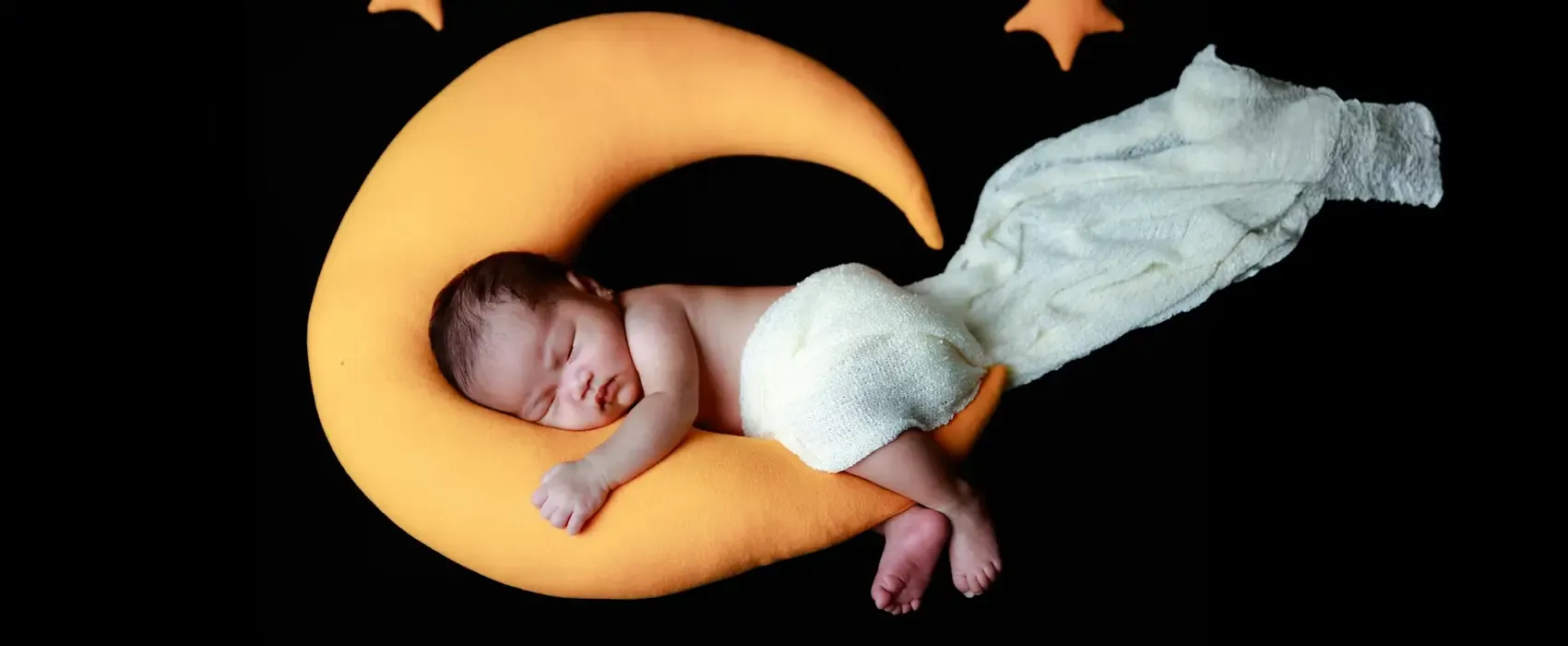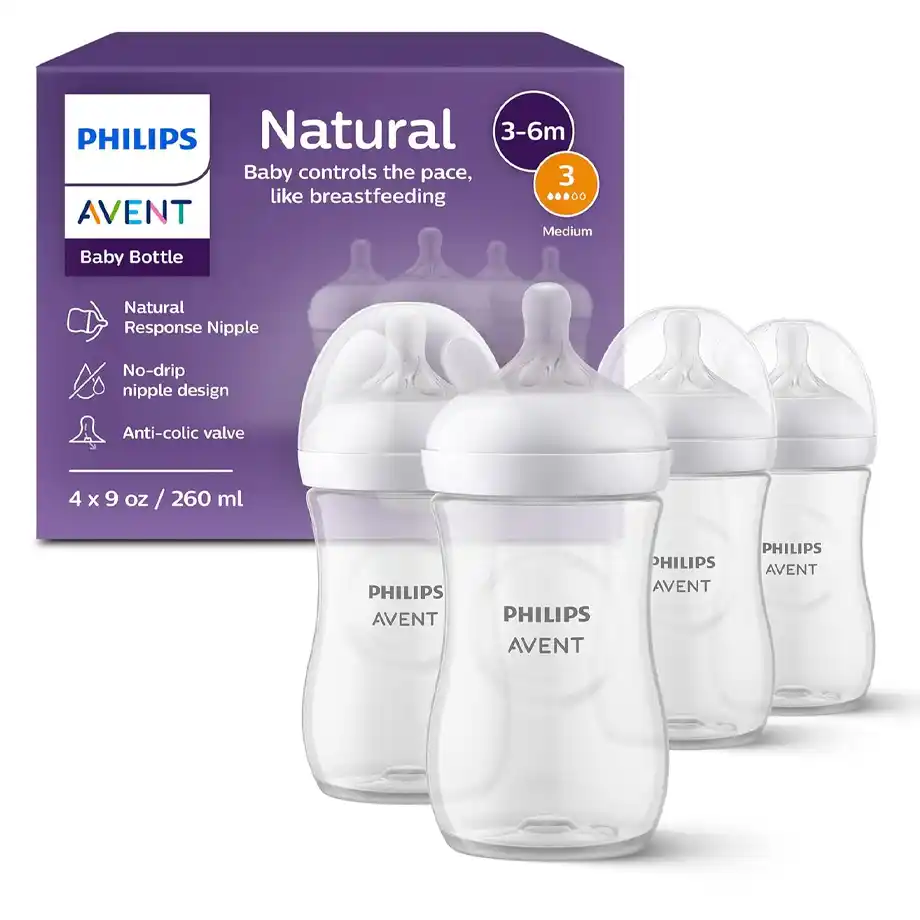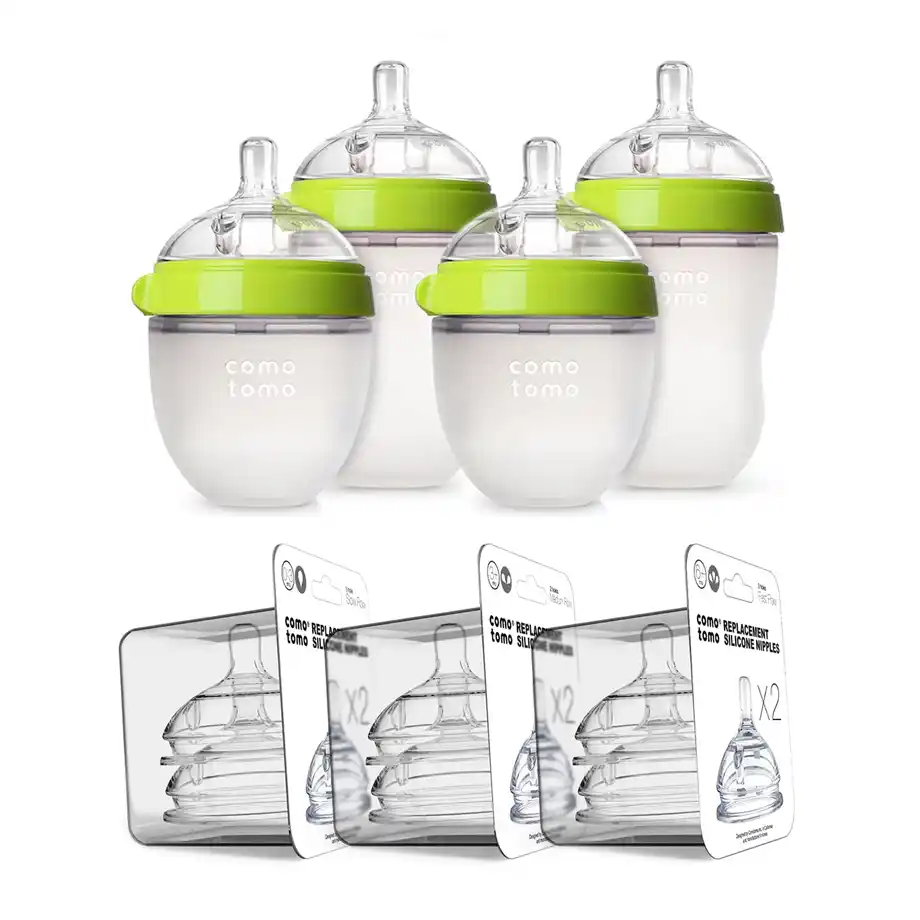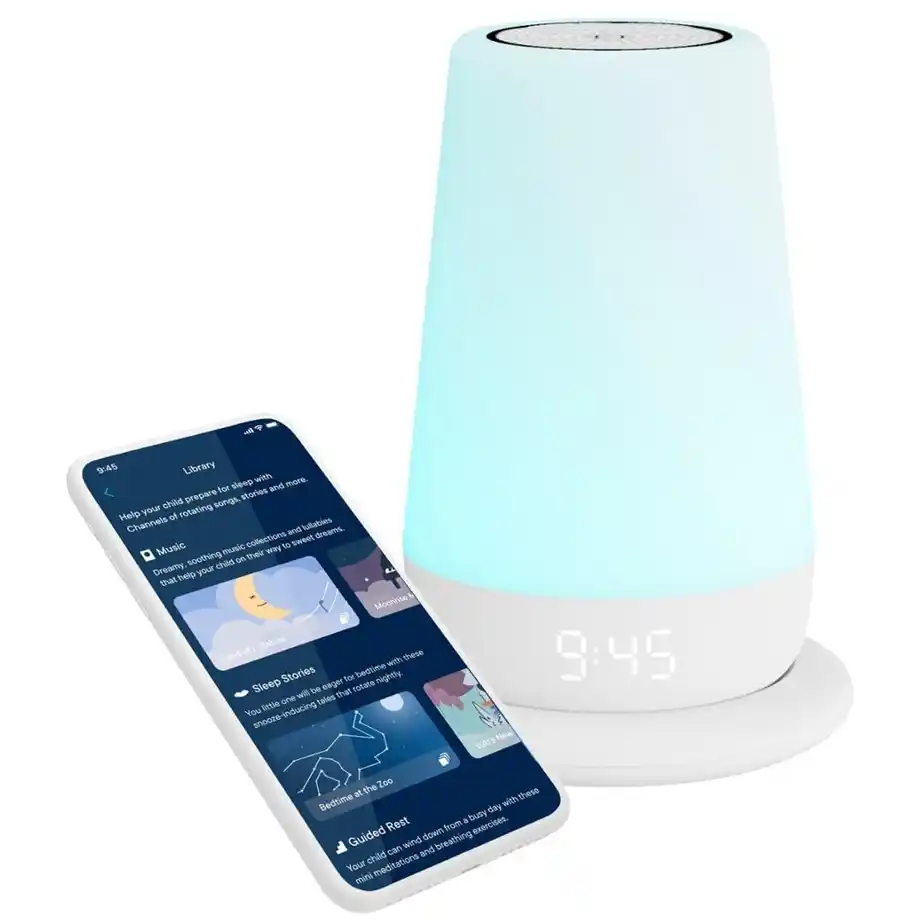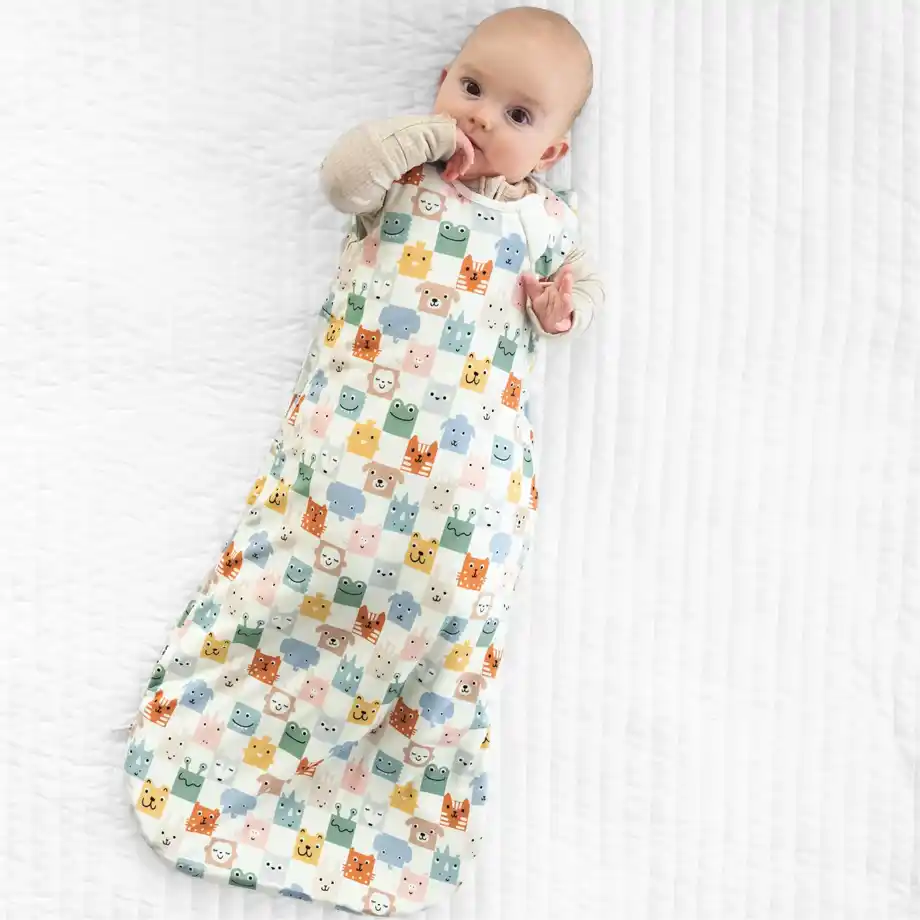Hey there, tired parents! If you’re reading this, chances are you’re in the thick of sleepless nights, endless diaper changes, and that adorable-but-exhausting newborn phase. Or maybe you’ve heard the term “dream feed” tossed around in mom groups and are wondering, What on earth is that, and can it really help my baby (and me) sleep better? Well, you’re in the right place! Let’s dive into the magical world of dream feeding—what it is, how to do it, and whether it might be the sleep hack you’ve been dreaming of (pun totally intended).
What Is a Dream Feed?
A dream feed is a sneaky little feeding trick where you gently feed your baby while they’re still mostly asleep, usually before you head to bed for the night. The idea is to top off their tiny tummy so they (and you) can enjoy a longer stretch of sleep. Think of it as a midnight snack for your baby, but without the full wake-up call. It’s like you’re helping them “dream” their way through a feeding.
Pin for later

Why Should You Try a Dream Feed?
If you’re wondering why you’d bother waking a sleeping baby (because, let’s be real, that sounds counterintuitive), here’s the deal: A dream feed can help your baby sleep longer stretches at night. By feeding them while they’re still drowsy, you’re helping them avoid waking up hungry an hour after you’ve finally dozed off. It’s like giving them a little extra fuel to power through the night.
For example, if your baby typically wakes up at 1 a.m. for a feed, a dream feed at 10 or 11 p.m. might push that wake-up time to 3 or 4 a.m. instead. And let’s be honest, every extra hour of sleep feels like a win when you’re a parent!
How to Do a Dream Feed
Okay, so you’re sold on the idea of a dream feed—but how do you actually do it? Here’s the step-by-step lowdown:
Timing Is Key: Aim to dream feed your baby between 10 p.m. and midnight, depending on when they usually go to bed. You want to do it late enough that it helps them sleep longer but early enough that it doesn’t disrupt your own sleep too much.
Keep It Calm and Quiet: The goal is to keep your baby as sleepy as possible. Use dim lighting, avoid talking or playing, and keep the environment super chill.
Feed Gently: Whether you’re breastfeeding or bottle-feeding, offer the milk slowly and calmly. If your baby starts to wake up, don’t stress—just keep things low-key and let them drift back to sleep.
Burp (But Don’t Overdo It): Some babies need a quick burp during a dream feed, but try to keep it minimal to avoid fully waking them.
Back to Bed: Once the feeding is done, gently place your baby back in their crib or bassinet. If they stir a little, that’s okay—just give them a chance to settle back into sleep on their own.
When to Start a Dream Feed
You might be wondering, When is the right time to introduce a dream feed? Most experts suggest waiting until your baby is at least 4-6 weeks old and has established a somewhat predictable feeding schedule. Newborns are still figuring out day and night, so trying a dream feed too early might not have the desired effect.
That said, every baby is different! Some parents find success with dream feeding right away, while others wait a bit longer. Trust your instincts and give it a try when it feels right for your family.
When to Stop Dream Feeding
Like all things in parenting, the dream feed isn’t forever. Most babies outgrow the need for a dream feed between 4 and 6 months old, as they start sleeping longer stretches and eating more during the day. If you notice your baby isn’t finishing their dream feed or is waking up more frequently after you’ve introduced it, it might be time to phase it out.
Tips for Dream Feed Success
Be Consistent: Try to dream feed at the same time every night to help your baby get into a routine.
Watch for Cues: If your baby seems extra fussy or isn’t interested in the dream feed, don’t force it. They might not need it!
Adjust as Needed: If the dream feed isn’t working after a week or so, tweak the timing or consider whether it’s the right fit for your baby.
Pin for later
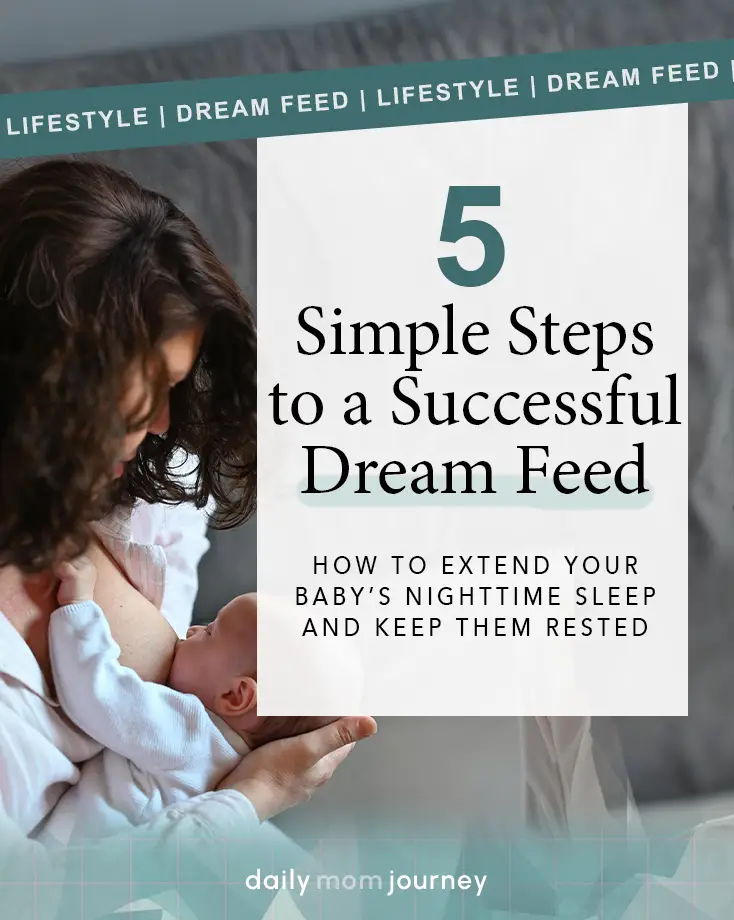
Is Dream Feed Right for You?
Here’s the thing: A dream feed isn’t a magic solution for every baby (wouldn’t that be nice?). Some parents swear by it, while others find it doesn’t make much of a difference. The best way to know if it’s right for you is to give it a try and see how your baby responds.
And remember, there’s no one-size-fits-all approach to parenting. If the dream feed works for you, great! If not, that’s okay too. You’re doing an amazing job, and every baby (and parent) is different.
Pros and Cons of Dream Feed
Let’s keep it real—dream feed isn’t one-size-fits-all. Here’s a quick rundown of the good and not-so-good:
Pros:
- Longer stretch of sleep for you.
- May help baby sleep through the night sooner.
- Prevents late-night hunger wake-ups.
Cons:
- Doesn’t work for all babies.
- Can backfire if baby fully wakes up.
- Might delay night weaning if used too long.
I always say: try it, see how it goes, and adjust based on your baby’s needs. No guilt, no pressure!
Real Talk About My Dream Feed Story
With my daughter, I started dream feed around 8 weeks. It took a few nights to get the hang of it (and some spilled milk—literally), but soon, I was getting a solid 5–6 hour stretch of sleep. That was a game-changer during those newborn fog days.
Eventually, around 5 months, we phased it out, and she didn’t even miss it. Looking back, dream feed helped us survive those exhausting early months with a little more peace—and a little more sleep.
Pin for later

Final Thoughts on Dream Feed
So there you have it, friends—the lowdown on dream feeding! Whether you’re a dream feed newbie or a seasoned pro, I hope this guide helps you navigate those precious (and sometimes exhausting) early months of parenthood. Remember, you’re doing an incredible job, and every little bit of sleep counts. Sweet dreams to you and your little one! 💤
Will a dream feed mess up my baby’s sleep schedule?
Not usually! In fact, many parents find that a dream feed helps their baby sleep longer stretches. Just be consistent with the timing to avoid confusing your little one.
Can I dream feed if I’m breastfeeding?
Absolutely! Dream feeding works for both breastfed and bottle-fed babies. Just make sure to keep the environment calm and quiet to avoid fully waking your baby.
What if my baby wakes up during the dream feed?
It’s normal for babies to stir a bit during a dream feed. Try to keep things low-key and let them drift back to sleep. If they fully wake up, don’t stress—just soothe them back to sleep as you normally would.
How long should I keep doing a dream feed?
Most babies outgrow the need for a dream feed between 4 and 6 months old. If you notice your baby isn’t interested or isn’t sleeping longer stretches, it might be time to stop.
Can I skip the dream feed sometimes?
Sure! If you’re out late or just too tired to dream feed one night, it’s okay to skip it. Just try to stay consistent most nights for the best results.


